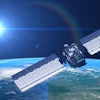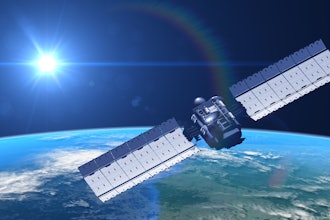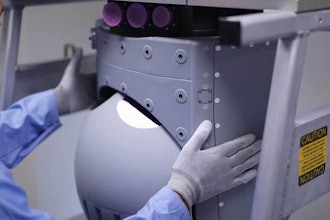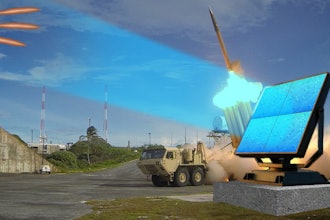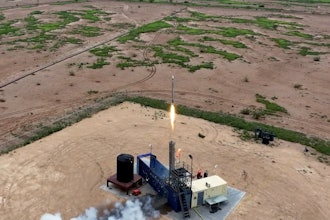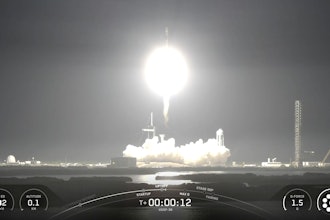
EL SEGUNDO, Calif. — Boeing has been awarded a $2.8B contract for the Evolved Strategic Satellite Communications (ESS) program, the space-based component of the U.S. nuclear command, control, and communications (NC3) architecture. The initial contract is for two satellites, with options for two more in the future.
Cordell DeLaPena, the U.S. Space Force Program Executive Officer for the Military Communications and Positioning, Navigation, and Timing Directorate said, “It’s a critical time to advance U.S. space capabilities to ensure peace through strength. The strategic communication mission requires protection, power and always-available capability, even through adversary attempts to interrupt our connectivity. These satellites will provide connectivity from space as part of a refreshed NC3 architecture for our nation.”
Most Read on Design & Development Today:
- Ford Absent from 20 Most American-Made Autos List
- Auto Giant Files for Bankruptcy, Blames Tariffs
- Hexagon Launches AEON, A Humanoid Built for Industry
- RTX's Pratt & Whitney to Provide Mass Propulsion for Leidos' Small Cruise Missile Program
The ESS space vehicles will provide increased capacity, flexibility, reliability and resilience compared to the strategic communications satellites currently on orbit. Since 2020, Boeing has been executing technical maturation and risk reduction under a rapid prototyping contract for the U.S. Space Force.
Kay Sears, vice president and general manager of Boeing Space, Intelligence and Weapon Systems said, “The U.S. needs a strategic national security architecture that works without fail, with the highest level of protection and capability. We designed an innovative system to provide guaranteed communication to address an evolving threat environment in space.”
Boeing’s ESS solution is underpinned by technology the company has developed for the Wideband Global SATCOM (WGS)-11 and WGS-12 satellites and has already proven on-orbit aboard the commercial O3b mPOWER constellation. Building on these developments, this strategic military communications satellite constellation will be equipped with flexible and resilient signals to protect against interruption or interception.
When deployed in geostationary orbit – about 22,000 miles or 35,700 km from the Earth’s surface – ESS will provide persistent coverage to strategic warfighters worldwide. The spacecraft will leverage a highly protected waveform and classified technologies developed in partnership with the U.S. Department of Defense.
Boeing is set to deliver the first of two space vehicles by 2031.
Click here to subscribe to our daily newsletter featuring breaking engineering industry news.


